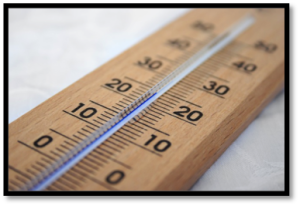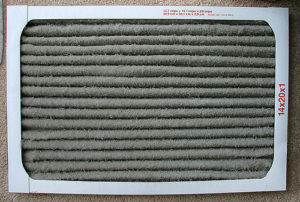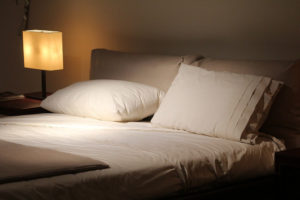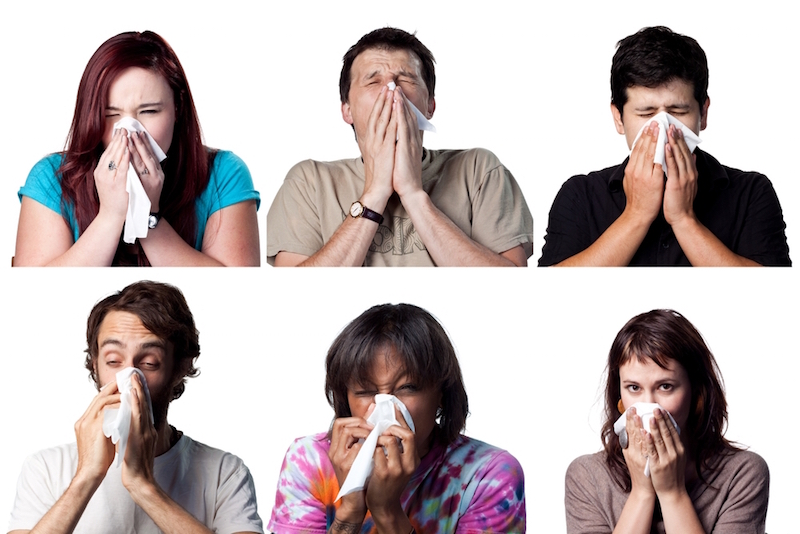 Plenty of people suffer from “white coat syndrome” aka anxiety about talking to their doctor. A new study revealed that asthma sufferers often experience this anxiety about approaching their allergist.
Plenty of people suffer from “white coat syndrome” aka anxiety about talking to their doctor. A new study revealed that asthma sufferers often experience this anxiety about approaching their allergist.
A study in the Annals of Allergy, Asthma and Immunology revealed that asthmatics are often afraid to ask their allergist questions or speak up when they have a problem. Stanley Fineman, allergist and past president of the American College of Allergy, Asthma and Immunology (ACAAI), found that only 8 to 13 percent of asthma patients keep refilling prescriptions for inhaled corticosteroids after a year. Patients may not realize that managing their allergies in a proactive, consistent way will have a big impact on their asthma symptoms.
If you’re still experiencing white coat syndrome but know it’s time to talk to your allergist, try these tips to help you keep your cool before you visit your doctor. First identify what’s worrying you; if you identify what specifically is making you uncomfortable, it’ll be easier to address the issue head on. Consider taking a friend or spouse with you to help you relax in the waiting room. Finally, if you simply don’t have a great relationship with your doctor, ask friends and family for a recommendation for a different doctor.
















 Part I: How to Lessen Asthma Symptoms by Addressing Indoor Air Quality, I explained how improving indoor air quality with the right air filters is key to managing asthma symptoms. In Part II of this series, you’ll learn how to manage indoor humidity levels to prevent mold growth.
Part I: How to Lessen Asthma Symptoms by Addressing Indoor Air Quality, I explained how improving indoor air quality with the right air filters is key to managing asthma symptoms. In Part II of this series, you’ll learn how to manage indoor humidity levels to prevent mold growth. Vacuuming with a HEPA vacuum cleaner, dusting, and regularly changing bedding are all important steps to take care of allergens in your home. Asthma sufferers should also frequently change return air filters in their HVAC system to capture particulates; monitoring humidity levels in the home to manage mold is also beneficial.
Vacuuming with a HEPA vacuum cleaner, dusting, and regularly changing bedding are all important steps to take care of allergens in your home. Asthma sufferers should also frequently change return air filters in their HVAC system to capture particulates; monitoring humidity levels in the home to manage mold is also beneficial. There’s a lot more than stuffing and springs in your mattress, it can also be home to dust mites and other allergens like pet dander and mold. Although dust mites are invisible to the naked eye, these critters can exacerbate asthma symptoms and shouldn’t be ignored. About a quarter of Americans have allergies, and two-thirds of that group have
There’s a lot more than stuffing and springs in your mattress, it can also be home to dust mites and other allergens like pet dander and mold. Although dust mites are invisible to the naked eye, these critters can exacerbate asthma symptoms and shouldn’t be ignored. About a quarter of Americans have allergies, and two-thirds of that group have 

 It’s summer vacation time, but before you’re able to hit the road, there’s the dreaded chore of packing. Next to your sunscreen, flip-flops and stylish sunglasses, don’t forget to pack your asthma medication. Smart packing and a little research on your destination will go a long way in making your trip smooth and enjoyable.
It’s summer vacation time, but before you’re able to hit the road, there’s the dreaded chore of packing. Next to your sunscreen, flip-flops and stylish sunglasses, don’t forget to pack your asthma medication. Smart packing and a little research on your destination will go a long way in making your trip smooth and enjoyable.
 In early spring I don’t even bother washing my car; I’ve given up on the fight with the yellow-green pine pollen. Although few people are
In early spring I don’t even bother washing my car; I’ve given up on the fight with the yellow-green pine pollen. Although few people are 
 A season normally filled with joy can turn miserable quickly. Seasonal allergic rhinitis and asthma sufferers can breathe relief as most outdoor allergens disappear until spring, but holiday gatherings and increased time spent indoors means more exposure to different allergen triggers. In an effort to help you avoid the hazards of the holidays, we’ve compiled some tips to keep you from wheezing and sneezing.
A season normally filled with joy can turn miserable quickly. Seasonal allergic rhinitis and asthma sufferers can breathe relief as most outdoor allergens disappear until spring, but holiday gatherings and increased time spent indoors means more exposure to different allergen triggers. In an effort to help you avoid the hazards of the holidays, we’ve compiled some tips to keep you from wheezing and sneezing. Asthma is a prevalent disease among children, accounting for numerous emergency room visits, and unfortunately, a significant cause of morbidity. Although asthma incidence has increased over the past few decades, variations between countries, environmental factors and the use of certain medications have created a flurry of research dedicated to the disease and the understanding of its etiology.
Asthma is a prevalent disease among children, accounting for numerous emergency room visits, and unfortunately, a significant cause of morbidity. Although asthma incidence has increased over the past few decades, variations between countries, environmental factors and the use of certain medications have created a flurry of research dedicated to the disease and the understanding of its etiology. 









